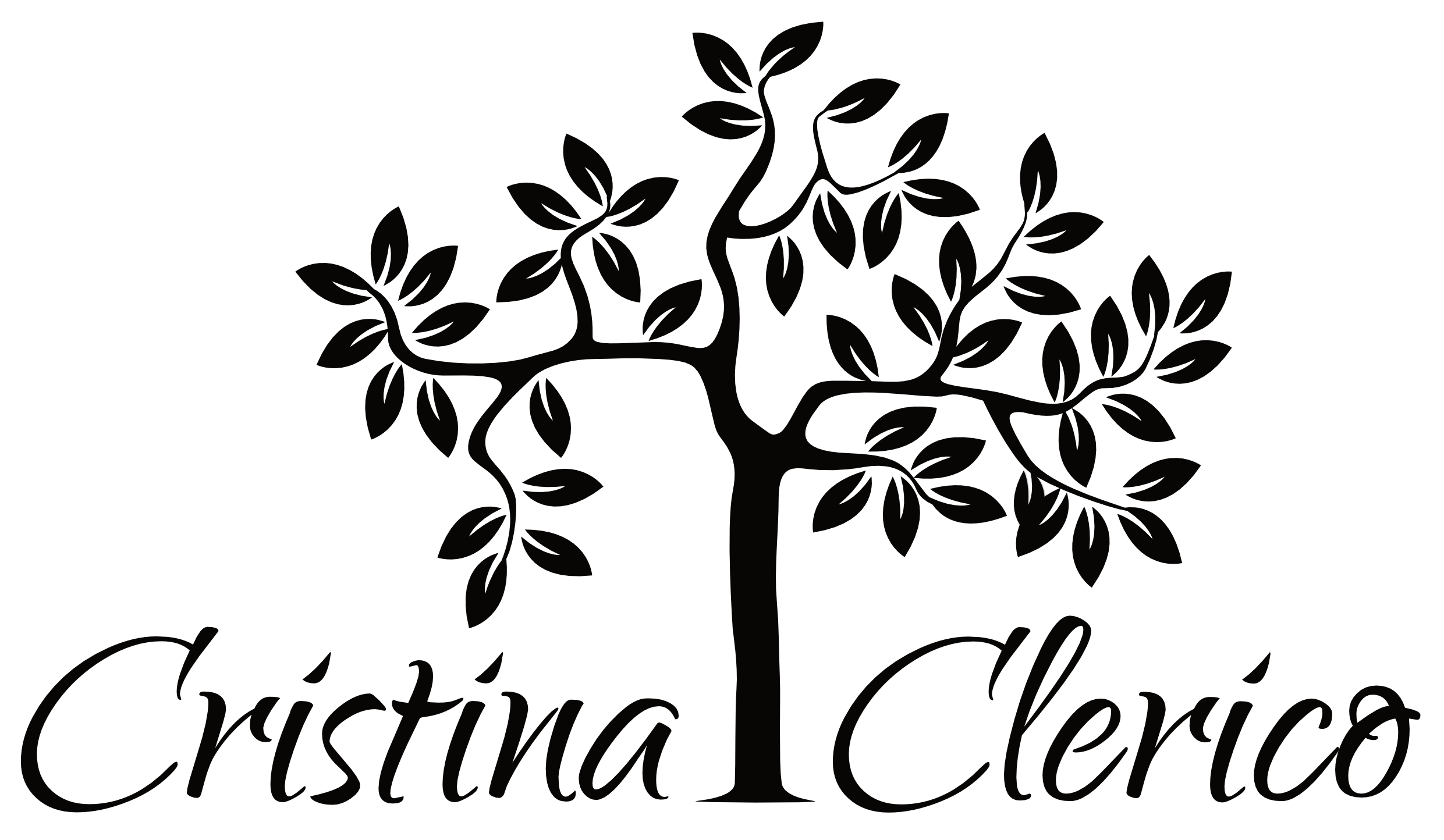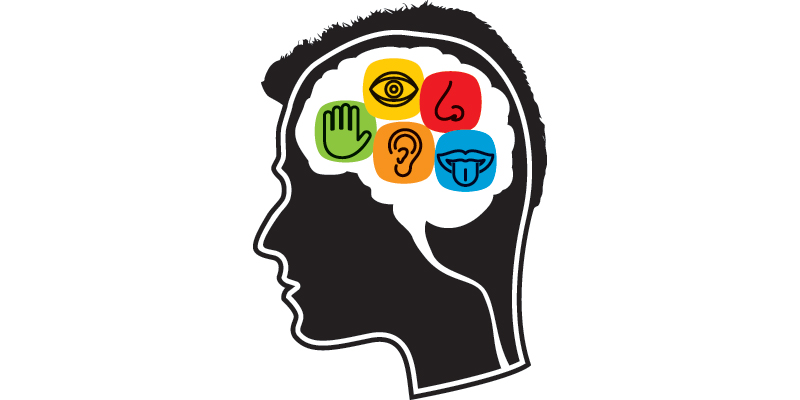Mindfulness
The word is very trendy right now, and with good reason. Neuroscientists continue to study contemplative practices and are finding massive benefits. I was in a recent online class with Dr. Daniel Siegel, clinical professor of psychiatry at the UCLA School of Medicine and executive director of the Mindsight Institute. He mentioned many of the benefits of a “Three Pillar Practice,” (1. Focusing Attention 2. Opening Awareness and 3. Kind Intention).
These are just a few: Reduces the stress hormone cortisol, Reduces Inflammation, Improves the immune system response, Lowers blood pressure and cholesterol, Repairs and maintains telomeres – slowing the aging process, and Helps the brain become more connected, which “…affects every measure of well-being.”
You are literally creating greater balance in the default mode of the brain (responsible for empathy, inspiration, day-dreaming) and the task positive network (action, awareness, and planning). Too much time in default can feel like chaos, whereas an imbalance of task-positive can create rigid thinking. Harmony between the two can help us feel more peaceful.
So what is mindfulness? The definition is fairly basic: Paying focused attention, in the moment, with kind curiosity.
It sounds simple, but it does take effort. It’s like lifting weights for the brain! Over the next few weeks, we’ll discuss three-pillar training further.
For now, try this: Sit comfortably and start to sense your breathing. You don’t need to do anything special, just feel the air moving in and out of your body. Practice being aware of the 5 Physical Senses – Gently look around. Notice the light and how it affects the way you see various objects. Next, focus on what you hear. Then notice any fragrances in your nose and tastes in your mouth. Finally, be aware of the feel of your feet touching the floor/ground, your legs and rear connecting with the surface they are on, the skin on your fingers touching one another, and any other places your skin connects with anything else. If you find yourself thinking of the past or future, simply recognize it with gentle kindness and come back to the activity.
You can do this for as short as a minute, or for as long as you want. You may be tempted to think you are wasting time that could be used doing something else, but I hope you’ll remember the research proven benefits of mindfulness practice and make it a part of your daily routine. Dr. Siegel mentioned that these practices have been shown to be more effective for ADHD and emotion regulation than medication – and without the negative side effects!
I hope you enjoy the activity. Here’s to a bright, happy and mindful new year!



6 Comments
Leave your reply.